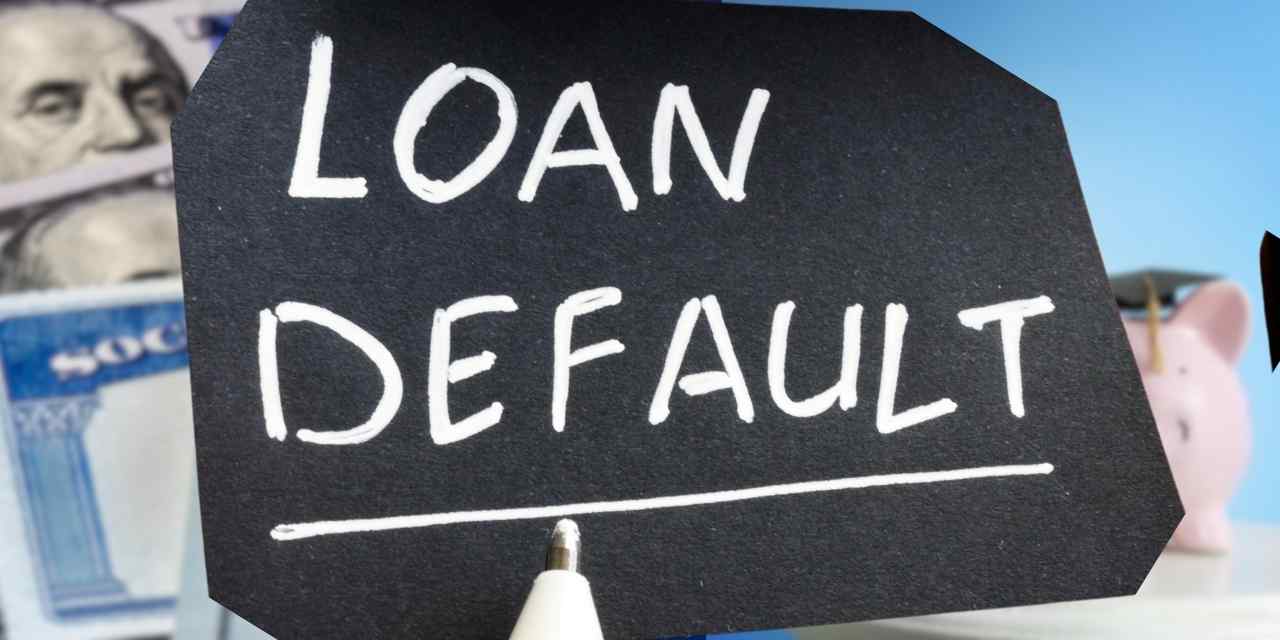Source: site

Millions of Americans are now facing steep financial penalties as student loan defaults hit record highs, including potential wage garnishment of up to 15%.
Loan delinquency hits critical level
According to TransUnion, nearly 6 million federal student loan borrowers are at least 90 days late on their payments as of April 2025—an all-time high. In February, the rate of borrowers that delinquent was about 20%. By April, it surged to 31%.
Roughly 2 million of those borrowers are expected to enter default status in July. An additional 1 million may default by August, meaning they’ll be 270 or more days late.
Federal collections resume after pandemic pause
The U.S. Department of Education resumed debt collections in May 2025, ending a pause that began during the COVID-19 pandemic. As part of that effort, around 195,000 borrowers have already received notices warning that their federal benefits—such as tax refunds or Social Security payments—could be withheld.
In some cases, the government may legally garnish wages without court approval, withholding up to 15% of a defaulted borrower’s paycheck.
Consequences of defaulting
Borrowers in default may face:
- Garnishment of wages up to 15%
- Withholding of tax refunds and federal benefits
- Damage to credit scores, often dropping by 60+ points
- Difficulty securing future loans or credit
Even borrowers with previously strong credit scores are seeing significant declines, which can result in higher interest rates and limited financial options.
Why defaults are rising
Experts point to several contributing factors:
- Rising tuition and student loan debt
- Stagnant wage growth
- Higher living costs and inflation
- Lapses in communication with loan servicers
The average federal student loan balance is $38,375, and borrowers at public universities take out nearly $32,000 on average to earn a bachelor’s degree.
What borrowers can do now
Borrowers at risk of default should:
- Contact their loan servicer immediately
- Explore income-driven repayment plans
- Apply for loan rehabilitation if eligible
- Monitor for Treasury Offset Program notices
Borrowers can also visit the Department of Education’s official site or StudentAid.gov for additional resources.



